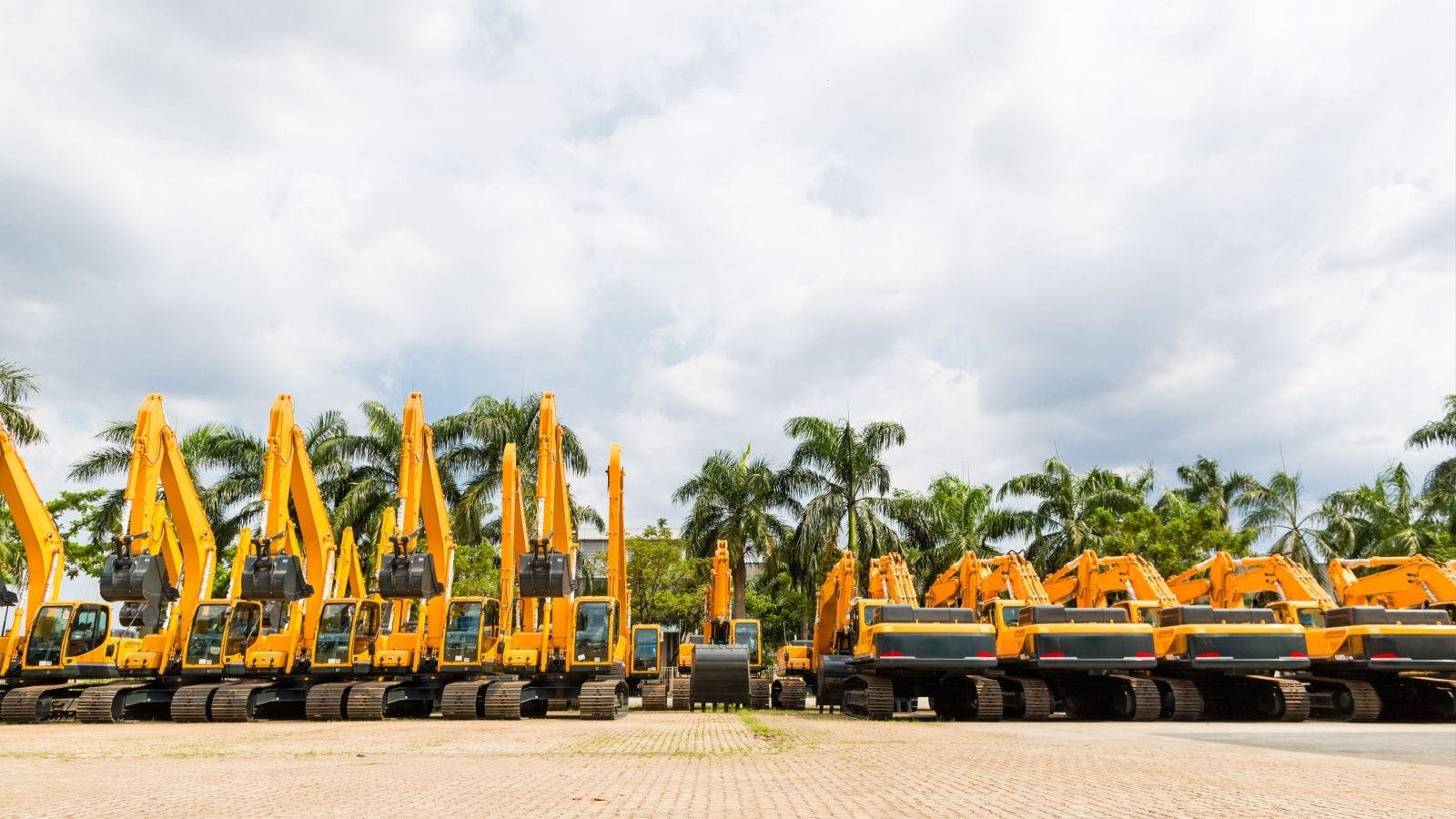
Is Your Culture Killing Your Company?
Did your mom ever tell you “Nothing good happens after 2 a.m.”? Mine did too. But these days, 2 a.m. or after is when many of my clients reach out to me for the first time, because “people problems” inside their company are keeping them awake. And those people problems—retaliation, abusive leadership, breaches of trust, false accusations and avoidable lawsuits—are risking their company’s future.
A recent 2 a.m. call came from a construction executive whose company may sound like yours: a rich history of financial success, a small group of top leaders and the leadership level filled with people getting older and hoping for an eventual buyout. But the company also had a ticking time bomb—a major workplace-culture issue that was on the verge of bringing down the whole organization. It was the company’s tyrannical CEO, who reigned with the tools of fear and retaliation. No one wanted to speak up for fear of losing their job.
The success was real, but now, so was the risk. This company was on the verge of mutiny and could be unrecognizable in scant months.
While the company’s financial success was impressive, unbeknown to the CEO, other firms had stopped partnering with them on projects because no one wanted to deal with his arrogance. The leadership team? Their executive conference room needed only one seat because the CEO had silenced previous ideas and concerns with retaliation. The rest of the team feared and avoided the wrath and scrutiny of their boss.
Those silenced leaders had an additional problem on their hands: The CEO had told so many lies and made so many unfulfilled promises to the next generation of leaders that the young guns were ready to launch a competing firm—and bring their relationships and existing business with them.
It was a company in crisis and in need of a lifeline.
HOW DO YOU KNOW?
Your company may not be facing the existential crisis that this firm was, but just like in construction itself, when structural issues start, you need to perform immediate maintenance to avoid serious and costly problems. Where to begin? It starts with knowing the risks. Companies facing toxicity problems face the following major risk areas:
Financial: Remember the two crashes of the Boeing 737 Max airliner five years ago? Those were caused by safety issues that Boeing employees knew about but no one addressed for fear of retaliation if they slowed down the project. Ultimately, Boeing was fined $2.5 billion, paid hundreds of millions in legal settlements and watched its stock price tank.
Legal: Pharmaceutical distributor AmerisourceBergen distributed everything from aspirin to cancer drugs. When a high-risk, high-revenue scheme was suggested to repackage the cancer drugs in its possession, the company’s chief operating officer warned of potential disaster. When he raised concerns, he was fired. Days later, he became a federal whistleblower and AmerisourceBergen became the target of a multiyear probe that resulted in $875 million in fines.
Turnover: A 2022 report by MIT’s Sloan Business School found employees were 10.4 times more likely to leave a job because of toxic conditions than pay. A Society of Human Resources Management study found that turnover rates in toxic workplaces are 50% higher than average. In toxic environments, good people go and less motivated, more fearful employees stay.
Reputation: More than 75% of survey respondents in 2022 said they research a company’s culture before applying for jobs. If you want great talent, your company must be a great place to work.
Productivity and physical health: A Harvard Business School study found that toxic conditions create a 40% productivity drop. A Swedish study found that employees who work for toxic managers have a 60% higher risk of heart problems than peers in healthy organizations.
Could your company have a toxicity problem? Ask yourself these questions:
1. Do you trust the people inside your company, and do they—and should they—trust you?
2. When you are facing a difficult problem in your company, can you have a difficult conversation with genuine feedback—or do you get silence in return?
3. Are you losing good people to lateral moves or leaving with no explanation?
4. Do your company’s core values match your company’s behavior? And, about those values—can anyone in your company name them if asked?
5. Do you tolerate bad ethics, bullying and bad behavior?
6. Are there multiple sets of rules depending on who you are in your company? Multiple sets of rules mean you operationally have no rules.
7. Are sayings like “That’s the way we’ve always done it” prevalent in meetings?
THE FIX IS IN
If answering these questions makes you squirm, you need to immediately assess your culture—and start fixing it.
First, understand that cultural change must come from the top. If you’ve been a problem, prepare to acknowledge your mistakes.
Second, review your company’s values, mission and vision. If they don’t align with how your company operates, make changes.
Third, if you have been giving bad behavior a pass, end that today.
Fourth, are your biggest people problems in key leadership roles? If so, you need to have some hard conversations, because you cannot afford cultural saboteurs all around you.
Finally, assess your culture systematically. Have real discussions. Don’t let your HR department convince you that an employee survey will solve your problems. Dig for answers, and be prepared to make permanent changes.
If you need help or your leadership team doesn’t have the internal credibility to fix the culture, find people who can help. Today. The warning signs are usually visible long before you need to call someone like me at 2 a.m. because you’re wide awake and your company’s survival is at stake.
Related stories








